Maximising usable space is an increasingly important consideration in the design and construction of high-rise residential and commercial buildings.
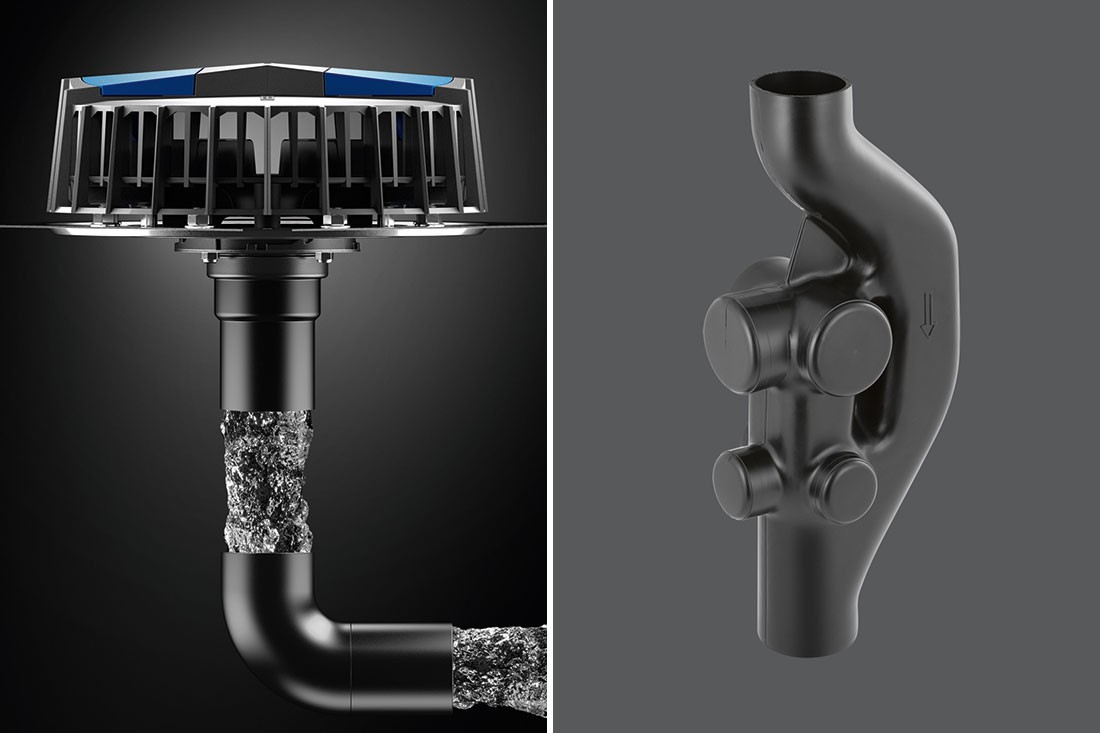
Left: Geberit's Pluvia for roof drainage. Right: Sovent for cost effective building drainage
June 14th, 2018
Geberit, is the European market leader with over 150 years experience, and renowned for behind-the-wall fixtures. Geberit offers a range of sophisticated sanitary and drainage solutions that have been proven to not only create more space, but minimise costs without compromising on quality. These trusted space-saving solutions are underpinned by Swiss innovation, precision and quality, allowing for more extensive creative freedom, which has given the brand a well-earned position in the architecture and design community.
Geberit’s range of concealed cisterns creates more space in the bathroom while offering the ultimate in design freedom. And it’s this minimalistic, contemporary look that customers demand. With the most extensive product range on the market, there’s a concealed cistern solution for every bathroom…
Geberit Sovent is a self-venting drainage fitting that does away with the need for a secondary vent line. Because of this, the duct size is reduced to approximately an A4 sized sheet of paper. More fittings can be attached, up to 10 metres from the stack, which means fewer stacks, fewer core holes, fewer fire collars, less labour, lower costs and the creation of considerably more useable space.
Geberit Pluvia is a siphoning roof drainage system that uses significantly smaller pipes and significantly fewer outlets and downpipes than conventional drainage. As siphonic drainage doesn’t require any pipe gradient, ceiling and car park roof heights are not impacted, creating far more useable space.
Siphonic roof drainage is much more effective than conventional drainage as it is able to discharge higher volumes of water – up to a huge 1000L per second. This means it uses up to 80 per cent fewer outlets and downpipes with far less extensive groundwork, which means a significant reduction in labour and material costs.
All of Geberit’s behind the wall products are made of quality High-Density Polyethylene, which has a 50-year design life, is able to be recycled and is far kinder to the environment than PVC. Geberit has worked with some of Australia’s leading architects and building designers to create more space in their high rise projects, without altering the project footprint. Proving to be an invaluable win-win, Geberit has been able to save on labour and materials while delivering more useable space for its clients.
The Geberit team is committed to the success of local architecture and design, with a support team to assist and guide through projects of any size, along with a research and development team who are continuing to look forward with more of the innovation and unsurpassed quality the brand is known for.
For more information and resources, visit Geberit online.
INDESIGN is on instagram
Follow @indesignlive
A searchable and comprehensive guide for specifying leading products and their suppliers
Keep up to date with the latest and greatest from our industry BFF's!

For Aidan Mawhinney, the secret ingredient to Living Edge’s success “comes down to people, product and place.” As the brand celebrates a significant 25-year milestone, it’s that commitment to authentic, sustainable design – and the people behind it all – that continues to anchor its legacy.
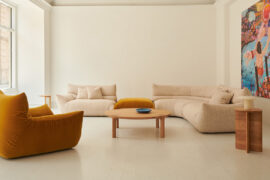
A curated exhibition in Frederiksstaden captures the spirit of Australian design

Gaggenau’s understated appliance fuses a carefully calibrated aesthetic of deliberate subtraction with an intuitive dynamism of culinary fluidity, unveiling a delightfully unrestricted spectrum of high-performing creativity.

‘Community’ was the dominant theme at the INDE.Awards 2018 Gala in Singapore. It was a celebration of outstanding design, architecture, material and culture as well as an opportunity to knit together a stronger fabric for our regional industry.

Here are the top design professionals pushing for positive change in our combined industries. According to our INDE jury, they’re the next big thing!
The internet never sleeps! Here's the stuff you might have missed
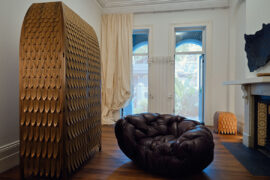
Trent Jansen’s first Sydney solo exhibition in years celebrates the poetry and stories that grow from collaborative making as well as the importance of co-creation.
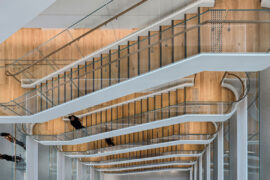
Brad Krauskopf, CEO & Founder of Hub Australia, tells us about Hassell’s design for Hub Australia Martin Place.
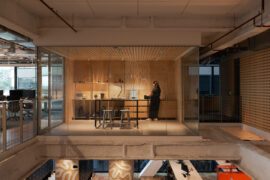
The Arup Workplace in Perth/Boorloo, designed by Hames Sharley with Arup and Peter Farmer Designs, has been awarded The Work Space at the INDE.Awards 2025. Recognised for its regenerative design, cultural authenticity, and commitment to sustainability, the project sets a new benchmark for workplace architecture in the Indo–Pacific region.